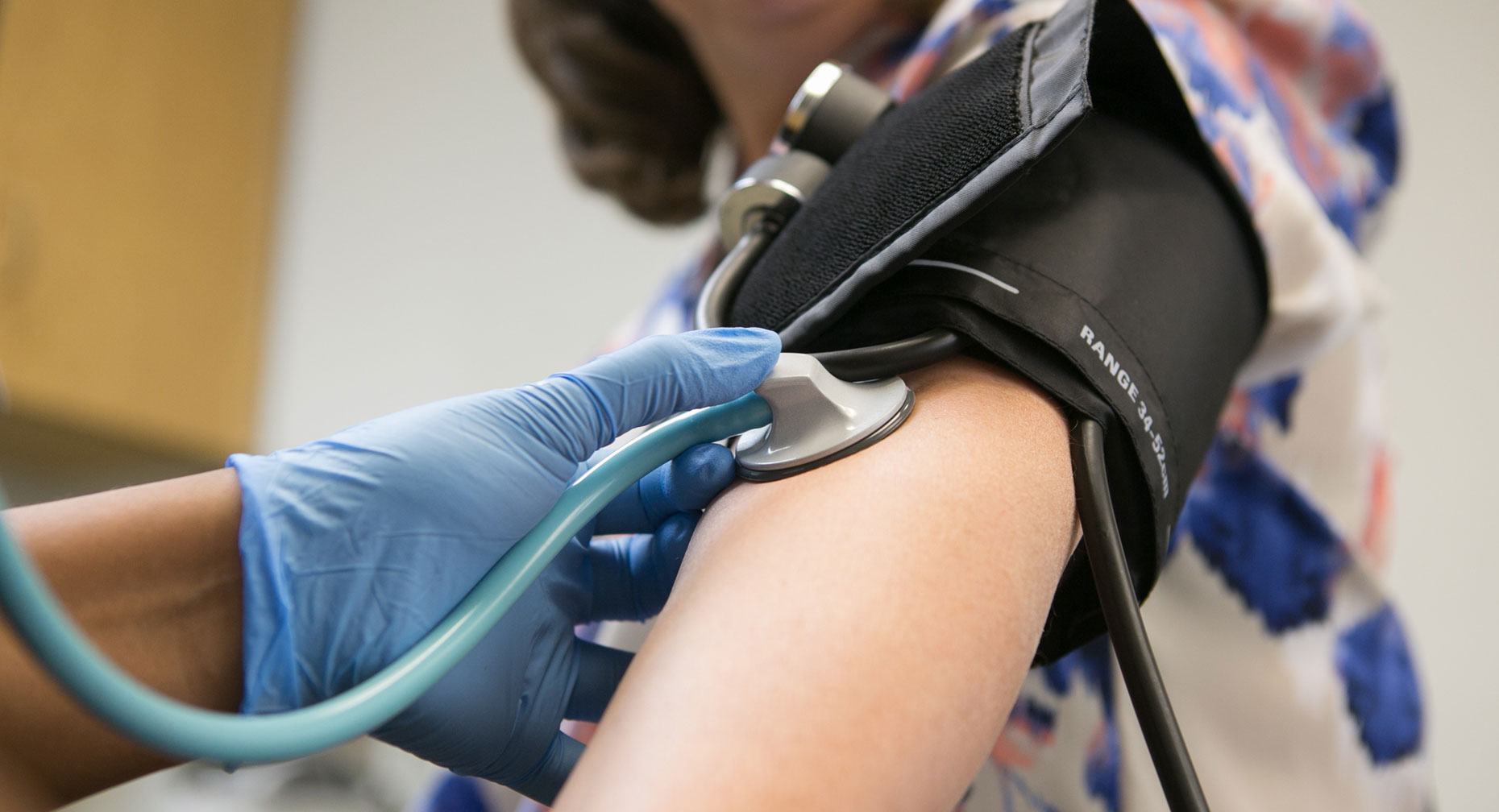How Do New Blood Pressure Guidelines Affect You?

Answer a few questions and we'll provide you with a list of primary care providers that best fit your needs.
The number of Americans with high blood pressure (HBP), or hypertension, recently shot up – from 72 million, or 31.9 percent of the adult population, to 103.3 million, or nearly half.
That’s because the American Heart Association (AHA) and American College of Cardiology (ACC) released new guidelines, which among other features, lower what’s considered high blood pressure.
Under the new standards, you have high blood pressure if your reading is at or above 130/80 mm Hg – compared to the previous mark of 140/90 mm Hg or above.
Why the change? And what does it mean for you?
An Emphasis on Lifestyle Change
The adjustment was made for good reason, says Mukul Chandra, MD, of Miami Valley Cardiologists. “High blood pressure is the most preventable cause of death other than smoking.”
He explains that the AHA and ACC created the new guidelines to emphasize what you can do to lower your blood pressure. Which in turn lowers your risk of heart disease, stroke and kidney failure. The change also acknowledges complications that people with lower blood pressure numbers can experience – and the need to take preventive action sooner.
Lifestyle changes can make a significant impact on lowering blood pressure for most people, Dr. Chandra says. These changes include:
- Reducing your salt intake
- Eating lots of fruits and vegetables
- Limiting alcohol to one drink per day for women or to two drinks per day for men
- Exercising 30 minutes a day, five days a week
“Data from the last five years indicates that if you drop your blood pressure by just 10 points, you can cut your risk of stroke in half,” Dr. Chandra says.
“High blood pressure is the most preventable cause of death other than smoking.”
Other Blood Pressure Guidelines

Besides lowering the definition of what’s considered high blood pressure, the new guidelines eliminate the category of prehypertension, which ranged from a low of 120/80 to the former high blood pressure threshold of 140/90.
Here are the blood pressure categories of the new guideline:
- Normal: Less than 120/80 mm Hg
- Elevated: Systolic (the first number of a blood pressure reading) between 120-129 and diastolic (second number) less than 80
- Stage 1: Systolic 130-139 or diastolic 80-89
- Stage 2: Systolic at least 140 or diastolic at least 90
- Hypertensive crisis: Systolic over 180 and/or diastolic over 120. (If you’re at this level, your health care provider will need to make immediate changes to your medication, if you have no other complications. When there are signs of organ damage, immediate hospitalization is needed.
Also, the guidelines recommend:
- Using home blood pressure monitoring equipment to check your blood pressure weekly – particularly when your health care provider changes your treatment and before health care appointments
- Prescribing medication for Stage I hypertension (see list above) only if:
- You’ve already had a cardiovascular event such as a heart attack or stroke,
- You’re at high risk of heart attack or stroke based on your age, or
- You have diabetes, chronic kidney disease or are found at significant risk of atherosclerosis
Otherwise, your doctor will advise you to make lifestyle changes.
And Dr. Chandra adds that prescription medications are an option if lifestyle changes don’t bring your blood pressure to the normal range (less than 120/80 mm Hg). “Blood pressure medicines cost about $4 a month, so there is absolutely no excuse for not managing your blood pressure.”
Answer a few questions and we'll provide you with a list of primary care providers that best fit your needs.
Source: American College of Cardiology; Medscape; Mukul Chandra, MD, Miami Valley Cardiologists

